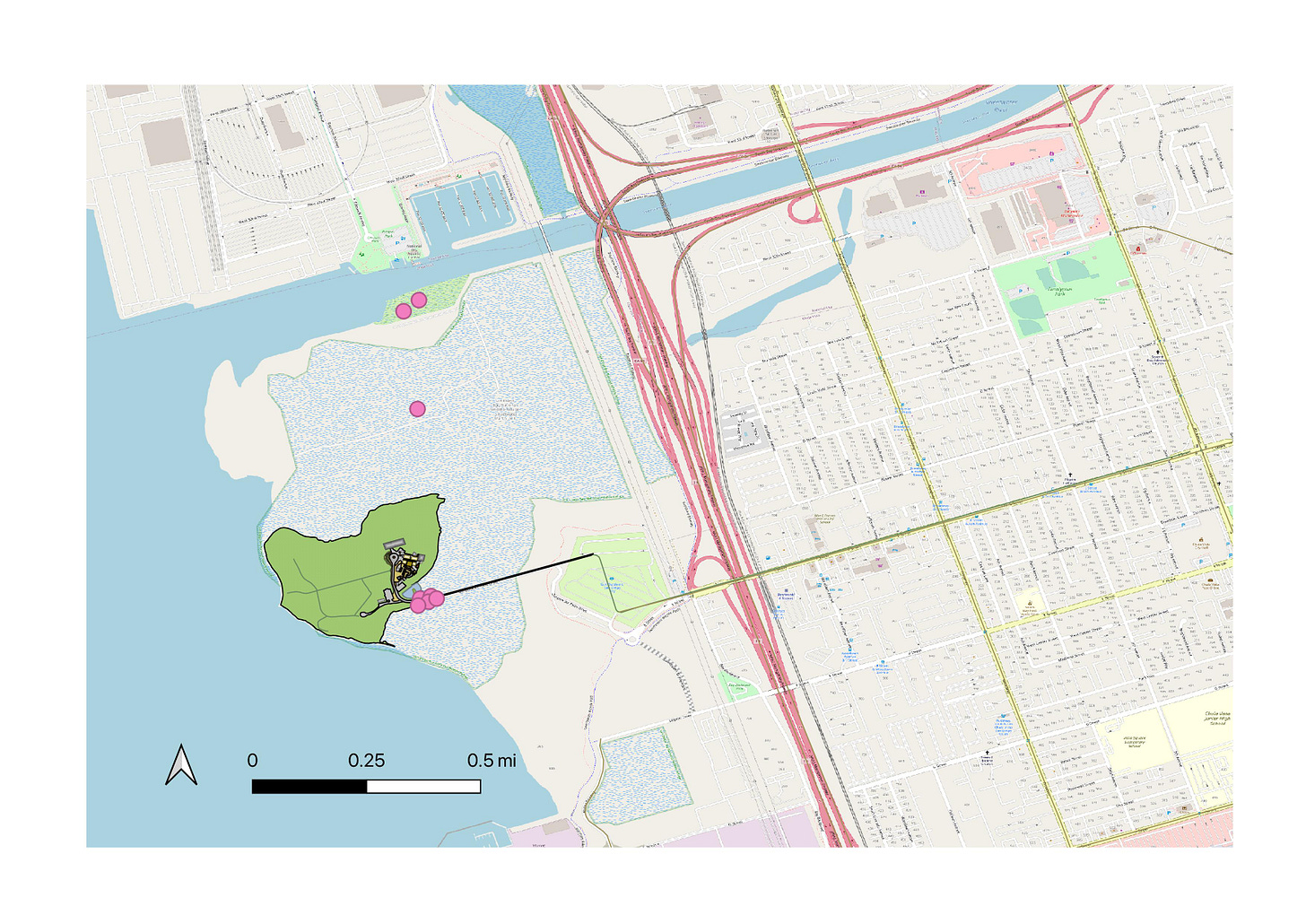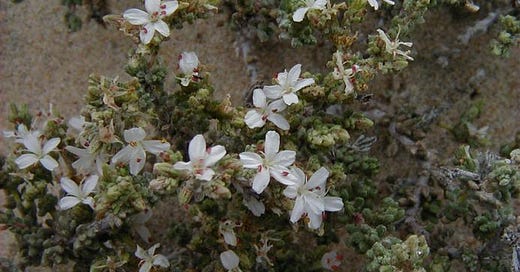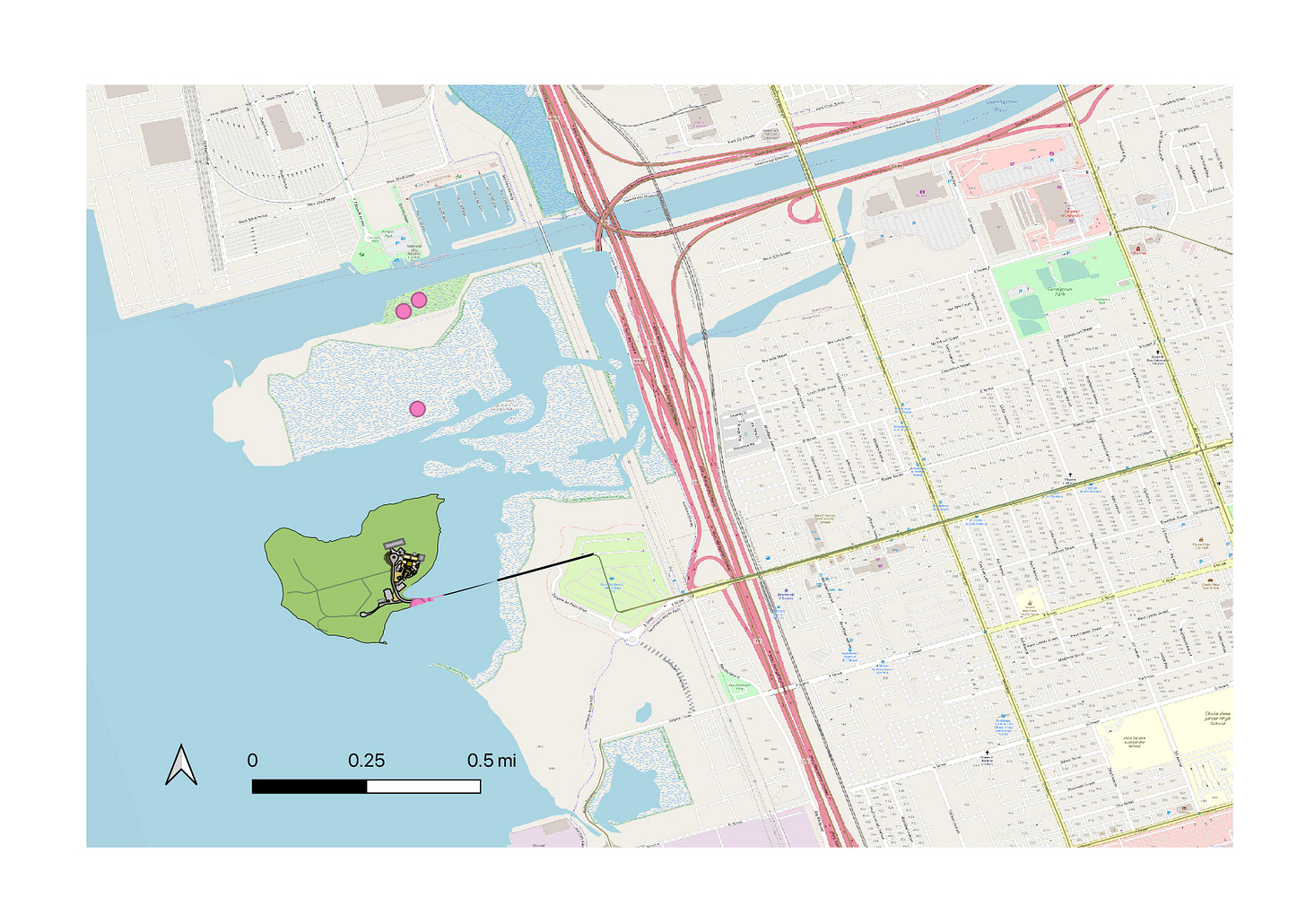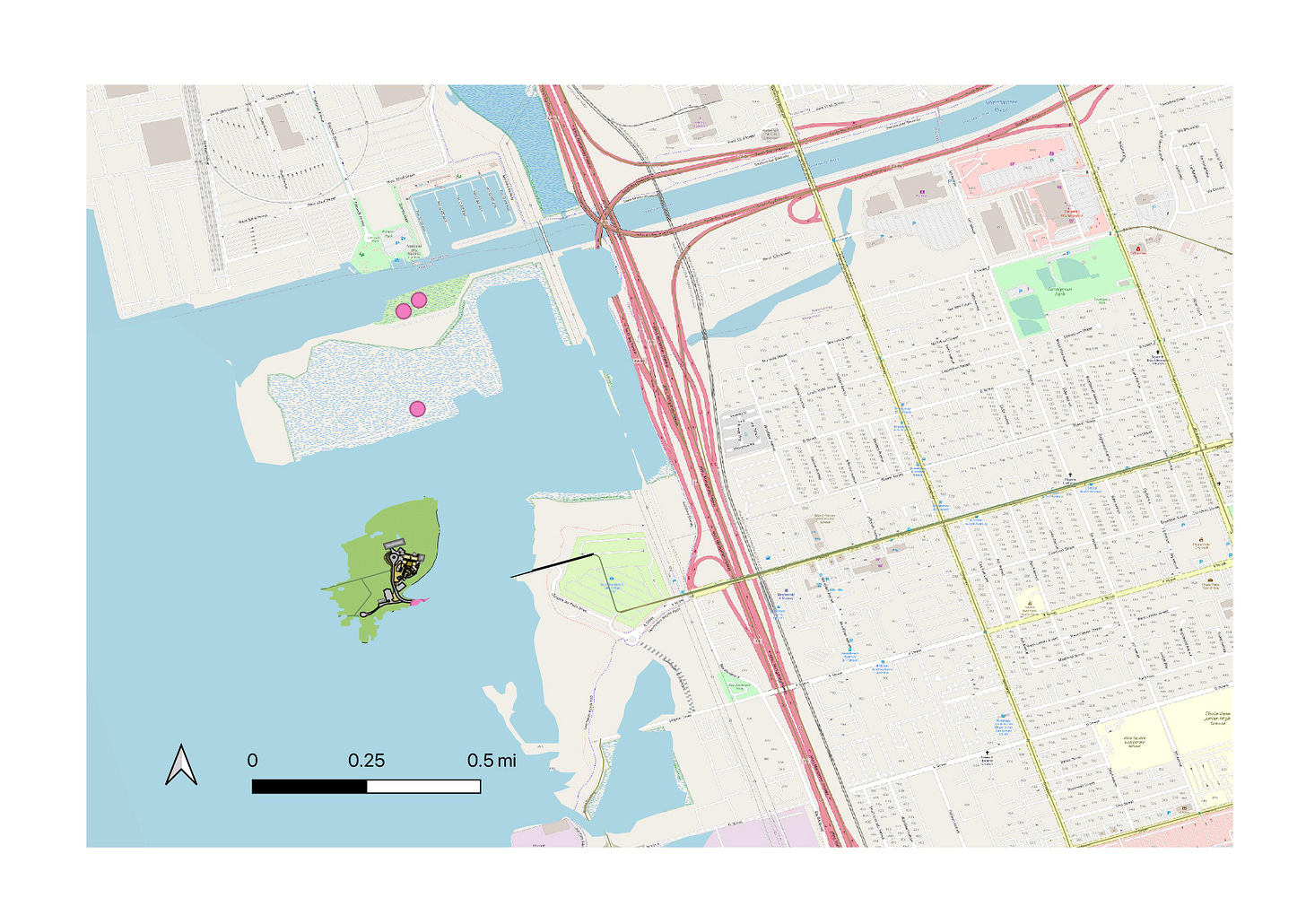This week we’re looking at Palmer’s frankenia, commonly called Palmer’s seaheath. Although this plant has no state or federal listing as Threatened or Endangered, the California Native Plant Society classifies it as 2B.1: rare, threatened, or endangered in California but more common elsewhere. Except for a few inland areas, Palmer’s seaheath is found only along the coasts of California and Baja, Mexico. A few of these plants grow in and around the estuary where I work.
Palmer’s seaheath grows in saline soils, mostly in and around estuaries. It is usually less than a foot in height, with dark green leaves resembling short pine needles. Its flowers are small, pure white, and delightful.
I have just one small patch of the seaheath growing at the zoo/aquarium where I work. It occupies about six square feet in the enclosure that houses our roadrunner. A bird’s enclosure doesn’t seem like a good home for a small estuarine plant, but the soil is naturally a bit saline as we are surrounded by the bay and estuary and only about ten feet above sea level.
As a gardener, I find a lot to like about Palmer’s seaheath. First, it’s evergreen, a big plus as so many of our coastal sage scrub plants are deciduous. Second, it only grows about a half inch per year, meaning that I only have to spend a few minutes each year pruning it.
The plant is nonetheless difficult to propagate. I’ve tried to grow it from cuttings with very little success. Apparently, I’m not alone here as no nurseries sell this plant. Keep this in mind, as this is an important factor in the subject of this post.
I was prompted to think a bit more about the seaheath and other estuary life as I read about adaptation and resilience to climate change in the book I reviewed last week, The Octopus in the Parking Garage by Rob Verchick. Among the many adaptations Verchick covered is the need to respond to rising ocean levels.
In his chapter on sea level rise, Verchick concentrated on the adaptations that human coastal communities will need to make: building sea walls, moving to higher ground, etc. But there are estuaries and coastal biomes that will need to contend with rising seas as well. Let’s take a look at how sea level rise might affect this one plant, Palmer’s seaheath.
Below is a map showing a portion of San Diego Bay during low tide. The waterway in the northern portion of the map is the Sweetwater River. It used to flow more freely, but as you can see by its pencil straightness, the river has been channelized. This cuts off a lot of freshwater that would normally replenish the estuary, which is depicted in light blue.

The formation in green at the western portion of the map is the island where I work. The dark, built-up region in the southeast portion is the zoo/aquarium. The pink dots indicate where Palmer’s seaheath grows. The seaheath likes saline soil, but doesn’t want that soil to be too wet. It grows around estuaries, and in portions of estuaries that don’t regularly become inundated with salt water.
Below is our island and the estuary during high tide. For now, the highest king tides we have in December and January only partially inundate some of the seaheath, the few plants growing along the berm of the causeway that connects the island to the mainland.
Below is the king tide we would experience with one meter, about three feet, of sea level rise. Notice the causeway is inundated, as is a portion of the freeway that runs north and south through Chula Vista, the city that skirts this portion of San Diego Bay. With one meter of sea level rise, most of the seaheath seems safe.
Below is what the bay would look like during a king tide with two meters sea level rise. Only one patch of seaheath remains.
As you can see, the estuary is bordered on the east by a freeway and the city of Chula Vista. There is no place for the marsh plant life to move. Additionally, an RV park has been constructed between the marsh and the freeway, effectively closing off any escape.
I know of no effort to ensure that Palmer’s seaheath would survive significant sea level rise. This issue is further complicated because, as I said before, the plant is difficult to propagate and I found no nurseries that carry it.
There are larger implications here. The Sweetwater Estuary has been degraded by humans. The channelization of the Sweetwater River deprives the estuary of freshwater, reducing the cover of cordgrass. The population of Ridgway’s rails has plummeted, in part due to their reliance on cordgrass to build their nests.
The estuary nonetheless remains wild, with a good number of resident ospreys and marsh hawks. Migrating birds, such as godwits and wigeons, stay in the estuary or use it as a stop-over. NOAA has a federal program, Marshes on the Move, intended to aid the transition of estuaries to higher ground, but in the Sweetwater Estuary, there is nowhere for the marsh to go. What will a greatly reduced estuary mean to these species? How many other estuaries are caught between civilization and a rising sea?









